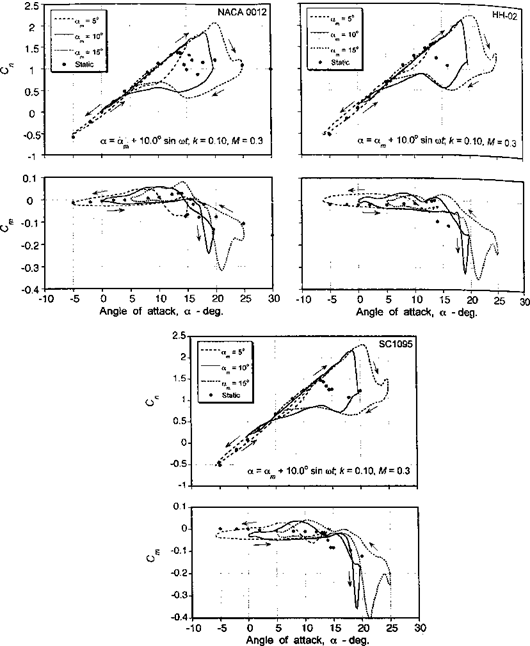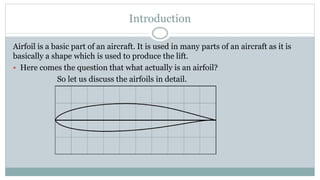

Naturally most of these wings are designed for airplanes, but some have been used on cars (upside. airf2Du and airf2Dl) and associated pressure (resp. It serves as a catalog of existing airfoil shapes, and allows you to compare them, simulate different speeds and angles of attack, and draw and plot your own wing shapes. The thickness of an airfoil varies along the chord. This force is in the form of lift or thrust. A body of such shape that the force exerted on it by its motion through a fluid has a larger component normal, or perpendicular, to the direction of the motion than along the direction of the motion. The pressure-linked coefficients can then be computed thanks to the following formulas :īased on the 2D airfoil upper and lower coordinates (resp. The shape of the airfoil is defined using the following geometrical parameters: The mean camber line or mean line is the locus of points midway between the upper and lower surfaces. Relative air flow passing over an airfoil produces lift and drag. To compute it we will use the following model : As the flow around the airfoil stay attached, we will consider that the friction drag is not varying much. The lift can be directly computed from the pressure field, but the drag is divided between pressure drag and friction drag. The goal of the optimization phase will be to minimize the drag over lift ratio Cd/Cl.
AIRFOIL SHAPE HOW TO
Let’s see how to set up the optimization phase. Based on fast pressure field prediction, it is now possible to compute drag and lift coefficients at each cycle of the optimization process. Thanks to this surrogate model (POD basis + interpolation method) we are now able to make fast design space exploration. Based on this POD basis, we are now able to predict the behavior. Thanks to a 3 design points Design of Experiment, we managed to generate a POD basis for the pressure field around this airfoil. This tutorial follows the tutorial about POD surrogate model on the airfoil shape optimization case. As a result, the wings will produce more lift to keep the airplane in the air.POD basis for pressure field around the airfoil AIRFOIL SHAPE OPTIMIZATION 3 Genetic Algorithm. Air will move faster over the top section, and it will more slower under the bottom section.

It’s designed to increase lift production by changing the speed at which air moves over the wings. In ConclusionĪirfoil is a shape used for airplane wings that consists of a curved top and a flat bottom. The difference in speed at which air moves over the top and bottom sections of an airplane’s wings allows it to generate more lift. This design means that air will travel faster over the top of section when compared to the bottom section. After all, the curved airfoil shape guides air downwards, thereby accelerating it. The curvature on the top section of an airplane’s wings means air will travel faster over it when compared to the bottom section. In turn, the wings will produce more lift.Īs previously mentioned, an airfoil shape consists of a curved top and a flat bottom. An airfoil shape, however, allows air to travel over the top of an airplane’s wings slower than the bottom. How exactly does an airfoil shape produce lift? If an airplane’s wings have the same shape on both the top and bottom, air will travel over the respective areas at the same speed. As a result, they are able to stay in the air more easily. Airplanes that use an airfoil shape for their wings produce more lift than their counterparts that use an alternative shape. 7, 8 used unsteady thin airfoil theory to predict the separation and reattachment points on a plunging plate and SD 7003, as well as to investigate the effect of the shape of the. Propulsion is generated by an airplane’s engine or engines, whereas lift is generated by an airplane’s wings and body. Along with propulsion, lift is one of the acting forces that allows airplanes to move from one point to another. An airfoil shape means that the top of an airplane’s wings is curved, whereas the bottom is flat and uncurved.Īirplanes use an airfoil shape for their wings to produce lift. What Is an Airfoil?Īlso known as an aerofoil, an airfoil is a specific wing shape that’s characterized by a curved top and a flat bottom.

To learn more about wing airfoil and why it’s used, keep reading. With their use of an airfoil shape, the wings of an airplane can provide greater lift, thereby minimizing the energy needed to keep the airplane in the air. Known as an airfoil, it’s a common feature of nearly all commercial jets as well as propeller-driven airplanes. The wings of airplanes are designed in a specific shape to achieve the greatest amount of lift.


 0 kommentar(er)
0 kommentar(er)
